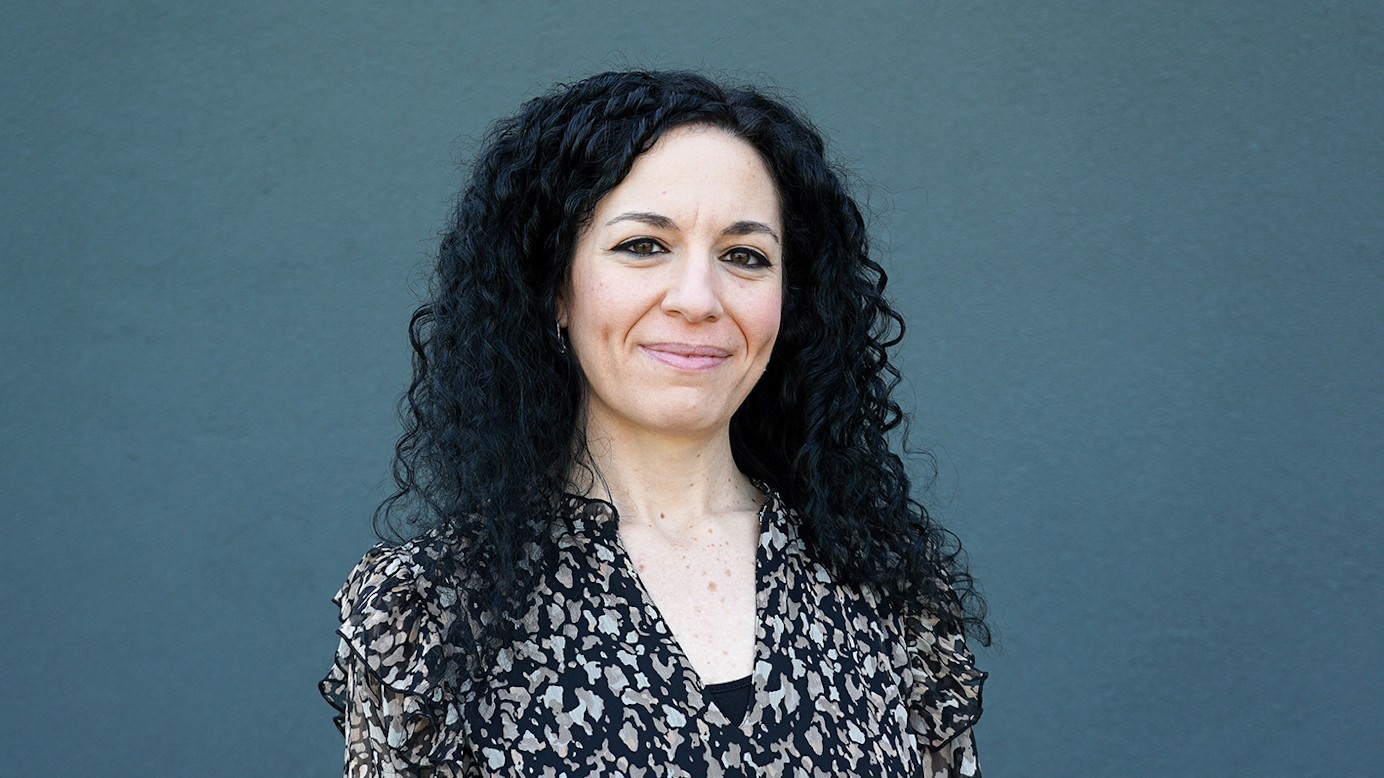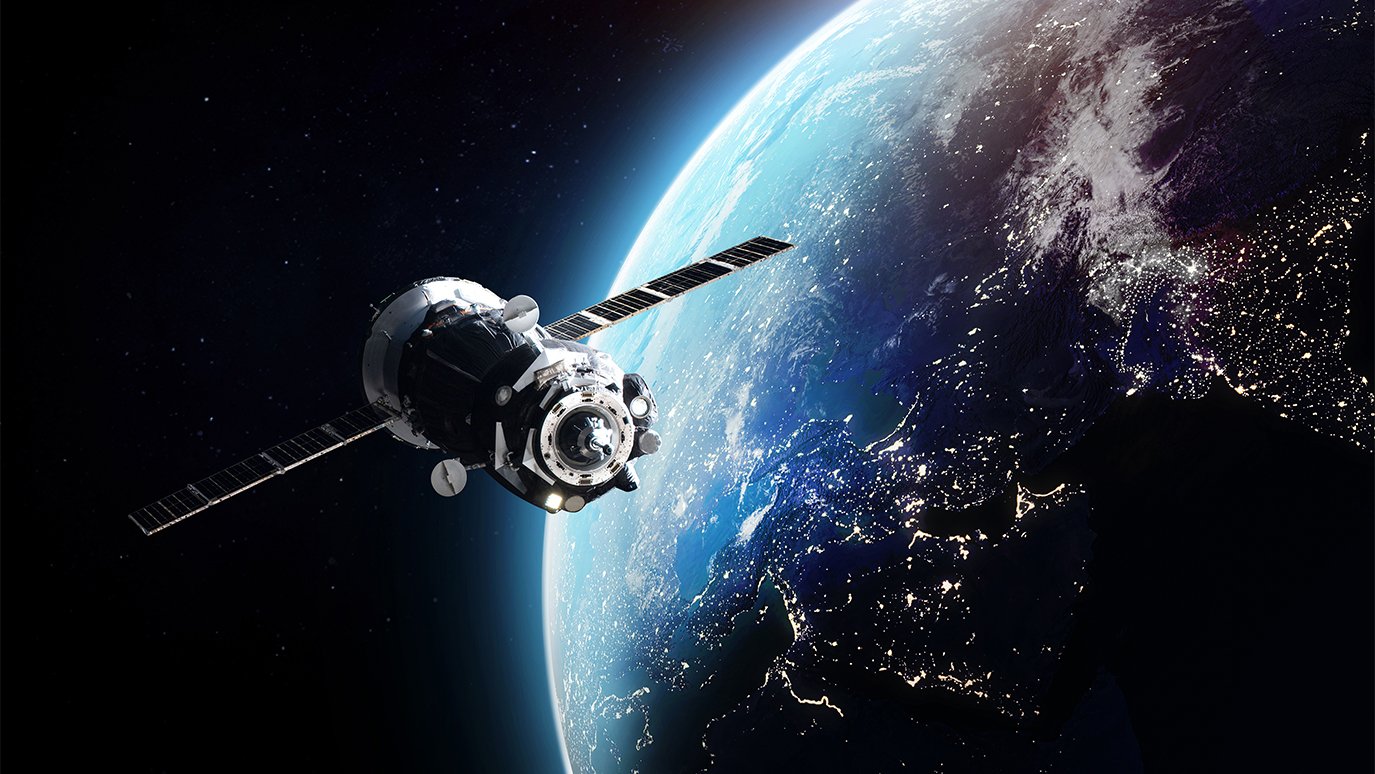Copper-based Osprey® C18150 – stellar consistency from earth to space
The space industry is booming, and Sandvik has developed metal powders uniquely tailored to meet its needs. One such material is the gas-atomized, copper-based alloy Osprey® C18150 (CuCrZr). We decided to have a chat with Dr. Eleonora Bettini, Customer Application Specialist for Metal Powder at Sandvik, about the benefits and potential of this material.
The right fit for the most demanding applications
So what makes Osprey® C18150 such a great fit for the space industry? The material used for combustion chambers in rocket engines must be able to withstand extreme temperatures, and the inner liner of a combustion chamber is made of – you might have guessed it – copper. It’s exposed to a high-temperature combustion gas at 3,000 K (2,727°C/ 4,941°F), and therefore, it is equipped with hundreds of liquid-nitrogen cooling channels.
Osprey® C18150 is a copper-based metal powder, so it has exceptional conductivity, but it also offers high strength at high temperatures.
“Copper is a great material. It has very high thermal conductivity and cools down quickly. Osprey® C18150 is a copper-based metal powder, so it has exceptional conductivity, but it also offers high strength at high temperatures. Pure copper has the best conductivity, but not the optimal strength, but by adding chromium and zirconium you can attain the strength needed,” Eleonora explains.

Osprey® C18150 might be tailored for the space industry, but the combination of high strength at high temperatures with excellent thermal and electrical conductivity, makes this material an excellent choice for other industries as well.
“Osprey® C18150 is a great fit, not only for space, but for automotive, electronics and aerospace too” says Eleonora. “Up until now, the material has undergone rigorous testing and been qualified step by step with several customers in different industries and for different applications.”
Technical support is key to successful manufacturing
As Customer Application Specialist at Sandvik, Eleonora meets customers from all over the world who are facing a wide variety of challenges – challenges she’s eager to dive into. Eleonora, along with her colleagues, offers technical support and works together with the customer to find the best possible solution for their application. The very first step is choosing the right material. An equally important step is ensuring that the properties of that material meet the customer’s needs, and Osprey® C18150 is no exception.
When you work with very high-demanding applications, surprises are never found on the developers’ wish lists – rather predictability.
“One of our key strengths is the reproducibility of our Osprey® metal powders. You get consistency from batch to batch” says Eleonora. “When you work with very high-demanding applications, surprises are never found on the developers’ wish lists – rather predictability.”
Osprey® C18150 is currently offered as fine powder for Metal Injection Molding (MIM) and Binder Jetting (BJ) but is also available as coarser powder for Laser Powder Bed Fusion (L-PBF) and Direct Energy Deposition (DED).

“For those who want to try Osprey® C18150 for L-PBF, this metal powder is available in our webshop, just one click away” she says. “And regardless of process, we’re ready to provide the technical support our customers need in order to find the right fit for their specific application.”
From earth to space
Finding the right material match is important and with the space industry booming, the demand for metal powder in general – and Osprey® C18150 in particular – is increasing. The main reason behind this boom is the global satellite industry, and the time and cost to build and launch satellites have decreased significantly the past few years.
“People around the globe want to be connected, regardless of where they live. This makes communications satellites the single largest and fast-growing segment in the space industry. Additive manufacturing has definitely played an important part in enabling this rapid growth,” Eleonora explains.

Additive manufacturing requires much less material than conventional machining, as you build parts layer upon layer, instead of removing material from a solid block or bar. This offers several advantages.
“Product development is both faster and more cost efficient with additive manufacturing. You can produce a prototype in no time, have a unique freedom of design and, with the right material, equipment, and expertise, you can print virtually anywhere. Today you can 3D print in Osprey® C18150 on a space station for instance… and in the future, who knows, maybe on Mars?”